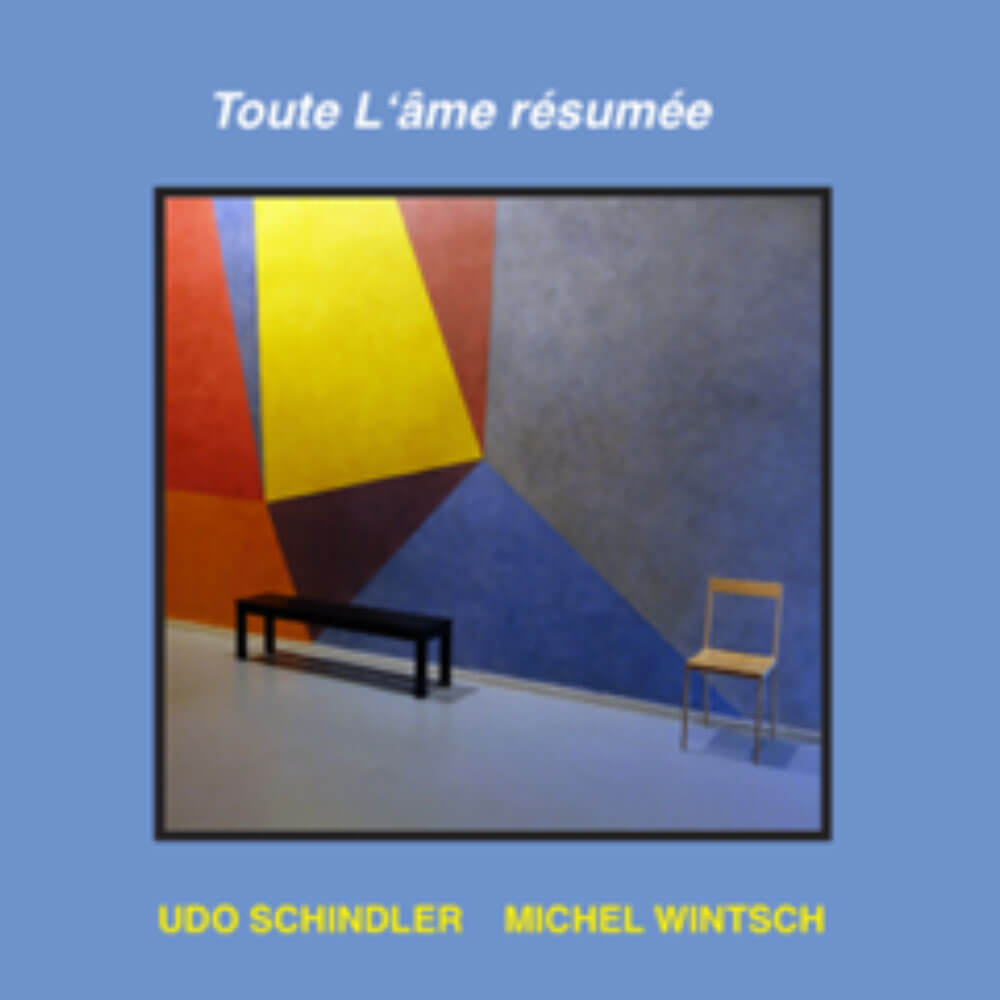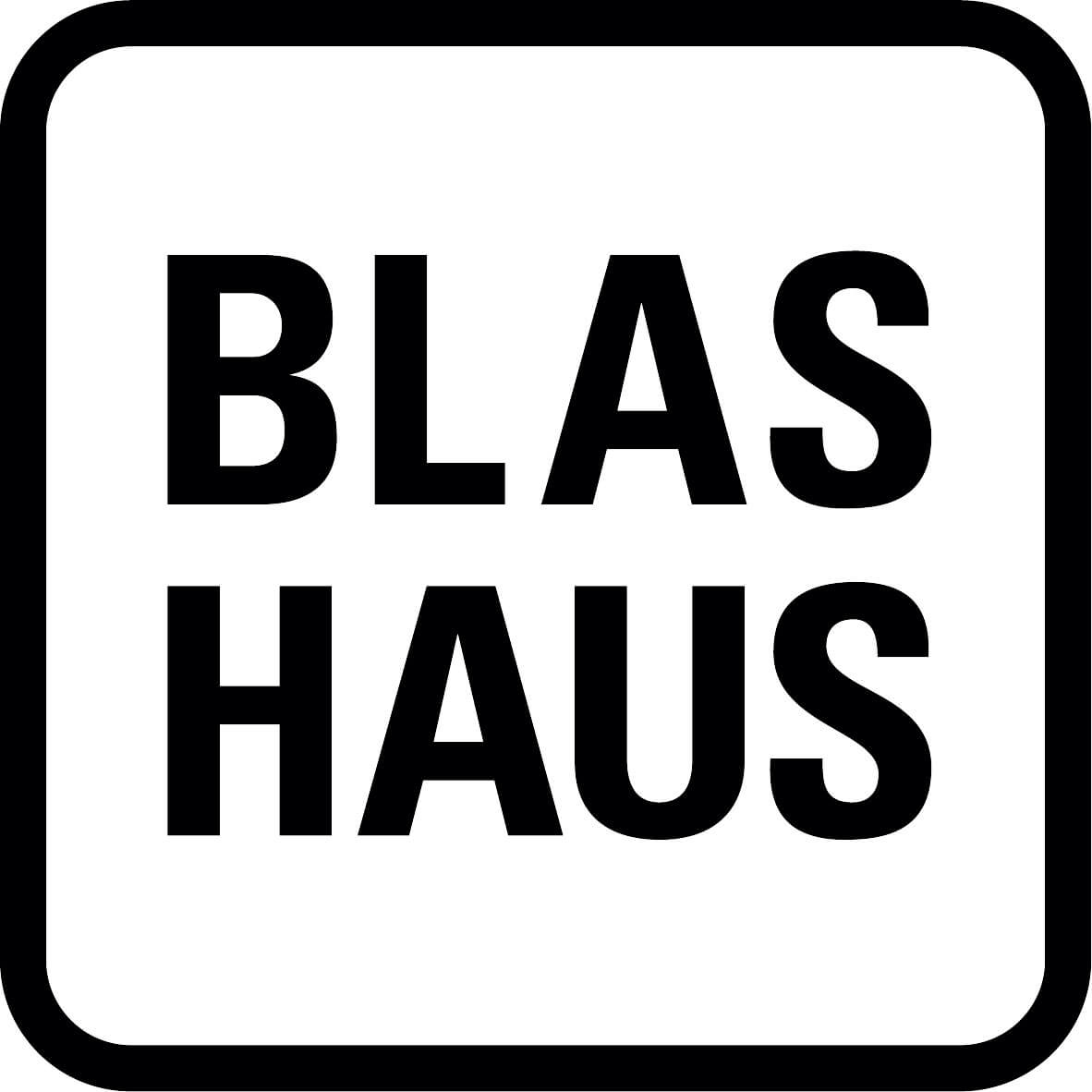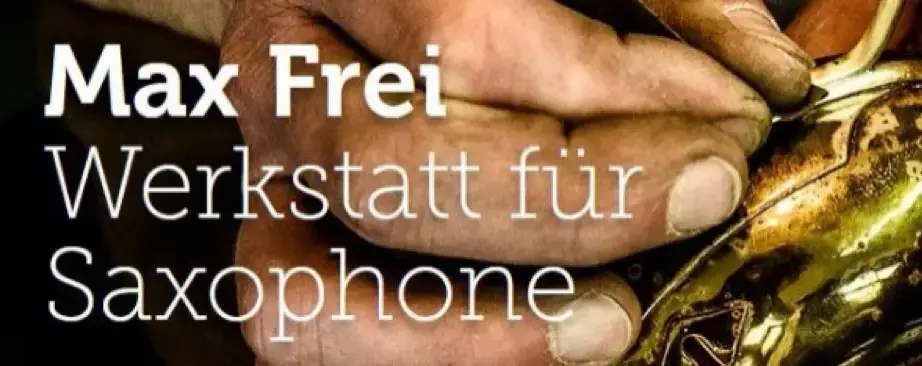
Alle CDs sind
- in München im Kaufhaus Beck-Jazz-Avantgarde,
- bei Pilgrims of Sound oder
- bei mir erhältlich
+ per Mailorder z.B. bei
www.nomansland-records.de
www.pilgrims-of-sound.com
www.jazzmessengers.com
www.soundohm.com
Toute L‘âme résumée
FMRCD696-0524
Toute L‘âme résumée
REVIEWS
Poetry and sound update
Having written a great deal of poetry, prose and lyrical content over the many decades, I’m drawn to the use of poetry and text as inspiration in improvised and composed music. In May I wrote about the Joe McPhee & Ken Vandermark album on Corbett vs. Dempesy, Musings of a Bahamian Son: Poems and Other Words, and the album by ORD inspired by the memoir from Swedish poet Tomas Tranströmer. I wanted to update that with the new duo album from two legendary improvisers: Udo Schindler and Michel Wintsch, which doesn’t have words per se, but which does draw influence from a 1875 poem by French poet Stéphane Malarmé. I included the poem in our listing, and I recommend reading the Kugelmass Episodes translation of the poem.
Poesie und Klang-Update
Da ich im Laufe der Jahrzehnte viele Gedichte, Prosa und lyrische Inhalte geschrieben habe, fühle ich mich von der Verwendung von Poesie und Text als Inspiration für improvisierte und komponierte Musik angezogen. Im Mai schrieb ich über das Joe McPhee & Ken Vandermark Album auf Corbett vs. Dempesy, Musings of a Bahamian Son: Poems and Other Words, und das Album von ORD, das von den Memoiren des schwedischen Dichters Tomas Tranströmer inspiriert wurde. Ich wollte das mit dem neuen Duo-Album von zwei legendären Improvisatoren aktualisieren: Udo Schindler und Michel Wintsch, das zwar keine Worte enthält, aber von einem Gedicht des französischen Dichters Stéphane Malarmé aus dem Jahr 1875 beeinflusst ist. Ich habe das Gedicht in unsere Auflistung aufgenommen und empfehle die Lektüre der Übersetzung des Gedichts durch Kugelmass Episodes.
Drawing on a sound poem from French poet Stéphane Malarmé published in 1875, pianist Michel Wintsch and multi-reedist Udo Schindler on bass clarinet and alto saxophone tubax (a modified contrabass saxophone) perform five expressive and assertive improvisations with titles „borrowed from Stéphane Malarmé, who sees his texts as instruments.“
Ausgehend von einem 1875 veröffentlichten Lautgedicht des französischen Dichters Stéphane Malarmé spielen der Pianist Michel Wintsch und der Multi-Redakteur Udo Schindler an Bassklarinette und Altsaxophon-Tubax (ein modifiziertes Kontrabass-Saxophon) fünf ausdrucksstarke und durchsetzungsfähige Improvisationen mit Titeln, die „Stéphane Malarmé entlehnt sind, der seine Texte als Instrumente versteht“.
Squidco Blog August 2, 2024
… The recent duo collaborations include pianists as well, and although Schindler has collaborated with pianists in the past (including two albums on Creative Sources with the more minimalistic Masako Ohta, from 2019 & 2020, and already a duo anthology on Confront from 2017…), I hadn’t really associated his output with piano (& its fixed pitches). However, e.g. the duo interaction with Swiss pianist Michel Wintsch (of WWW trio) apparently dates back many years, yielding now a lyrical & affective (even tender…) result in Toute L’âme résumée (recorded November 2023 & released by FMR) …
… Die jüngsten Duo-Kollaborationen schließen auch Pianisten ein, und obwohl Schindler in der Vergangenheit mit Pianisten zusammengearbeitet hat (darunter zwei Alben auf Creative Sources mit der eher minimalistischen Masako Ohta aus den Jahren 2019 und 2020, und bereits eine Duo-Anthologie auf Confront aus dem Jahr 2017…), hatte ich sein Schaffen nicht wirklich mit Klavier (und seinen festen Tonhöhen) in Verbindung gebracht. Aber z.B. die Duo-Interaktion mit dem Schweizer Pianisten Michel Wintsch (vom WWW-Trio) liegt anscheinend schon viele Jahre zurück und führt nun zu einem lyrischen & affektiven (sogar zärtlichen…) Ergebnis in Toute L’âme résumée (aufgenommen im November 2023 & erschienen bei FMR) …
30 July 2024 / http://www.medieval.org/music/jazz/ Todd McComb
Udo Schindler (Krailling – München)
Dass ich mich im unausschöpflichen Arch-Musik-Meer des unermüdlich aus allen Rohren und Trichtern blasenden Kraillingers auf die bei FMR Records und Creative Sources triftenden Eisberge konzentriere, heißt nicht, dass die am_DigitaL-Files weniger Aufmerksamkeit verdienen würden. Doch sie in aller Fülle auszubreiten, würde BA in eine Schindler’sche Hauspostille verwandeln und ist diesmal ja auch nah dran 😉
21.11.2023 – Seidlvilla München:
Dieses Konzert, visuell bereits auf YouTube, ist nun fixiert als Toute L‘âme résumée (FMRCD696-0524). Schindler tutet, kräht, gackert, fiept mit BKlarinette, purrt abgründige und heult spitze Tubaxklänge. Er schmatzt, raspelt, röhrt heiser mit dissonantem Altosax, flötet nochmal klarinettenpoetischen Windhauch, röhrt wieder mit plastikverstopftem Alto, ploppt und heult, und grollt und gellt als Encore
nochmal mit dem Tubax. Der prächtig aufgelegte Genfer Pianist MICHEL WINTSCH fasziniert dazu mit läutenden Schlägen, klirrend gehämmerten und trittfesten Läufen,
spritzigen Sprüngen, Griffen in die Drahtharfe, pochendem Fußtritt, klingelnder Insistenz, als Romantiker mit in sich gekehrter Träumerei und Wehmut oder donnernder Dramatik, als Minimalist mit ostinater und tremolierender Monotonie, als Meister motorischer Grooves. Neben den E-Gitarren-Clashes ist das mein 3. persönlicher *****-Tipp!
Udo Schindler (Krailling – Munich)
The fact that I’m concentrating on the icebergs hitting FMR Records and Creative Sources in the inexhaustible arch-music sea of Kraillinger, who tirelessly blows from all pipes and funnels, doesn’t mean that the am_DigitaL files deserve any less attention. But to spread them out in abundance would turn BA into a Schindler’s Hauspostille, and this time it’s close 😉
21.11.2023 – Seidlvilla Munich:
This concert, visually already on YouTube, is now fixed as Toute L’âme résumée (FMRCD696-0524). Schindler toots, crows, cackles, whines with Bb clarinet, purrs abysmal and howls pointed tubax sounds. He smacks, rasps, roars hoarsely with dissonant alto sax, flutes another clarinet-poetic breeze, roars again with plastic-clogged alto, plops and howls, and rumbles and howls as an encore
again with the tubax. The splendid Geneva pianist MICHEL WINTSCH fascinates with ringing strikes, clanking hammered and firm runs,
sparkling leaps, wire harp grips, throbbing kicks, ringing insistence, as a romantic with introverted reverie and melancholy or thundering drama, as a minimalist with ostinato and tremolo monotony, as a master of motoric grooves. Alongside the electric guitar clashes, this is my 3rd personal ***** tip!
BAD ALCHEMY #125 / Rigobert Dittmann
UD0 SCHINDLER / MICHEL WINTSCH – Toute L’ame resume (FMR CD696-0524; UK) Featuring Udo Schindler on B & bass clarinets, alto sax & tubax and Michel Wintsch on piano. Recorded live in November of 2023. German reeds player, Udo Schindler, has been recording for nearly three decades and has more than 100 discs released with mostly German and other European musicians. Mr. Schindler has recorded in a variety of duos with Frank Gratkowski, Jaap Blonk and Eric Zwang Erikssen. Swiss pianist Michel Wintsch has been recording discs for about the same amount of time but only has some 20 discs as a leader or collaborator. I recall hearing several of Mr. Wintsch’s discs with Gerry Hemingway and Fred Frith. This appears to be the fourth disc from this particular duo, who’ve been recording since 2022. Mr. Schindler starts off on bass clarinet, the duo playing quietly at first before taking off for some freer more intense terrain. For the second piece, Mr. Schindler switches to a tubax, a rarely heard modified contrabass sax developed in 1999. As Mr. Schindler works his way through the lower end of the reeds spectrum, he bends and twists his notes (a sort of grumbling sound) while Mr. Wintsch plays some well-matched piano excursions. Mr. Wintsch’s piano playing sounds closer to modern classical music than free/form free/jazz. Wintsch seems to be drawing from several themes, which he develops throughout each piece. Schindler switches to a regular clarinet on the fourth piece, playing more carefully and sparsely. Wintsch’s playing here is somewhat darker as he hits those turbulent chords while hold the pedal down, feeling like we are being pulled down into some audible quicksand. Soon things lighten up with Schindler letting up a layer of notes, making kissing sounds at one point, with the duo’s intensity soon ascending like a storm erupting. Mr. Wintsch plays with humorous abandon for the last piece with Mr. Schindler playing his ornery tubax once more, growling through those lower notes. Both musicians sound like they were meant to play together as they work so well in similar areas. – Bruce Lee Gallanter, DMG
UD0 SCHINDLER / MICHEL WINTSCH – Toute L’ame resume (FMR CD696-0524; UK) Mit Udo Schindler an B- und Bassklarinetten, Altsaxophon und Tubax und Michel Wintsch am Klavier. Aufgenommen live im November 2023. Der deutsche Klarinettist Udo Schindler nimmt seit fast drei Jahrzehnten auf und hat mehr als 100 Tonträger mit überwiegend deutschen und anderen europäischen Musikern veröffentlicht. Udo Schindler hat in einer Reihe von Duos mit Frank Gratkowski, Jaap Blonk und Eric Zwang Eriksson aufgenommen. Der Schweizer Pianist Michel Wintsch nimmt seit etwa der gleichen Zeit Platten auf, hat aber nur etwa 20 Platten als Leader oder Kollaborateur veröffentlicht. Ich erinnere mich daran, dass ich mehrere Aufnahmen von Herrn Wintsch mit Gerry Hemingway und Fred Frith gehört habe. Dies scheint die vierte Veröffentlichung dieses Duos zu sein, das seit 2022 Aufnahmen macht. Herr Schindler beginnt mit der Bassklarinette, und das Duo spielt zunächst ruhig, bevor es sich in ein freieres, intensiveres Terrain begibt. Für das zweite Stück wechselt Herr Schindler zu einem Tubax, einem selten zu hörenden modifizierten Kontrabass-Saxophon, das 1999 entwickelt wurde. Während Herr Schindler sich durch das untere Ende des Rohrblatt-Spektrums arbeitet, biegt und verdreht er seine Noten (eine Art grummelnder Klang), während Herr Wintsch einige gut abgestimmte Klavierausflüge spielt. Das Klavierspiel von Herrn Wintsch klingt eher nach moderner klassischer Musik als nach Free/Form Free/Jazz. Wintsch scheint aus mehreren Themen zu schöpfen, die er in jedem Stück weiterentwickelt. Im vierten Stück wechselt Schindler zu einer normalen Klarinette und spielt vorsichtiger und sparsamer. Wintschs Spiel ist hier etwas düsterer, denn er schlägt diese turbulenten Akkorde, während er das Pedal gedrückt hält, so dass wir das Gefühl haben, in einen hörbaren Treibsand gezogen zu werden. Schon bald hellt sich die Lage auf, wenn Schindler eine Schicht von Noten loslässt und an einer Stelle Kussgeräusche von sich gibt, wobei die Intensität des Duos bald wie ein ausbrechender Sturm ansteigt. Im letzten Stück spielt Herr Wintsch mit humorvoller Hingabe, während Herr Schindler noch einmal sein störrisches Tubax spielt und durch die tiefen Töne knurrt. Beide Musiker klingen, als wären sie dazu bestimmt, zusammen zu spielen, da sie in ähnlichen Bereichen so gut arbeiten. – Bruce Lee Gallanter, DMG
—————————————————————————————————————-
The more I listen to his music, the more convinced I become that Udo Schindler is one of the un(der)sung master reedsmen both in the strange streams of sound he coaxes out of his horns and the concerted way he avoids the conventional grammar. It is as if he is building a new vernacular for his instrument in real time.
Schindler’s unique style comes through particularly well in duos and, it seems, in live performances. He took the pandemic to dig through his back catalog of recordings. Many of these reached public ears through download only releases on his Bandcamp page and, notably, many were duos. Indeed, Schindler seems to have really gravitated to the duo, likely somewhat because of practicality but also because of the possibilities of that configuration. It offers big spaces for each musician to be heard — full blast or sotto voce — and gives each a counterpart — sometimes a companion and others a sparring partner — with whom to bounce around ideas and to whom to respond. Depending on the instrumentation and the players, it also frees the musicians from rhythm’s centripetal force and gives them license to explore other, in this case amelodic and atonal, places. …
Je öfter ich seine Musik höre, desto mehr bin ich davon überzeugt, dass Udo Schindler einer der un(ter)besungenen Meisterbläser ist, sowohl in den seltsamen Klangströmen, die er seinen Hörnern entlockt, als auch in der konzertierten Art und Weise, wie er die konventionelle Grammatik vermeidet. Es ist, als ob er in Echtzeit eine neue Umgangssprache für sein Instrument entwickeln würde.
Schindlers einzigartiger Stil kommt besonders gut in Duos und, wie es scheint, bei Live-Auftritten zur Geltung. Er nutzte die Pandemie, um sich durch seinen alten Katalog von Aufnahmen zu wühlen. Viele davon wurden der Öffentlichkeit nur als Download auf seiner Bandcamp-Seite zugänglich gemacht, und vor allem waren viele davon Duos. Schindler scheint sich tatsächlich zum Duo hingezogen zu fühlen, wahrscheinlich aus praktischen Gründen, aber auch wegen der Möglichkeiten dieser Konstellation. Es bietet jedem Musiker einen großen Raum, um gehört zu werden – mit voller Wucht oder sotto voce – und gibt jedem ein Gegenüber – manchmal einen Begleiter und manchmal einen Sparringspartner -, mit dem er Ideen austauschen und auf den er reagieren kann. Je nach Besetzung und Spielern befreit es die Musiker auch von der zentripetalen Kraft des Rhythmus und gibt ihnen die Freiheit, andere – in diesem Fall amelodische und atonale – Orte zu erkunden. …
NYC / review by Nick Ostrum / 2023-04-04
The fact that I’m concentrating on the icebergs hitting FMR Records and Creative Sources in the inexhaustible arch-music sea of Kraillinger, who tirelessly blows from all pipes and funnels, doesn’t mean that the am_DigitaL files deserve any less attention. But to spread them out in abundance would turn BA into a Schindler’s Hauspostille, and this time it’s close 😉
08./09.12.2023 – Salon Schindler & MUCCA: On Friday in Krailling the re-encounter with PAUL ROGERS as a chirping, trilling, ‚fluting‘ leaf warbler, the English say Leaf Warbler, and murmuring, scratching, fine-leaved leaf warbler with three bows, scurrying fingers, humming pizzicato. In the LowToneStudies #17, created by Schindler with shrill, grumbling tubax shimmering through a tambourine, hoarse, flopping, pressing cornet, low-pitched, yet insistently dissonant tenor sax and i-trilling, nasally croaking soprillo. And on Saturday the sequel, #18, both, in excerpts, included on the double CD “E phemeral Locations”. Now with soprano & tenor sax and tuba and ERIC ZWANG ERIKSSON on drums as a broom wiper and flopper, moodily springy and plodding, bowing in or scratchily jerking, muted rumbling, woody or with a hard felt head, laconic or rapidly clacking, ticking, rattling. ROGERS centrally, again with an ostinato, energetic sawing style, stubby glissando, yowling and creaky, in waves and with turbulence, whirring, whizzing, with singing, humming finger berries, humming, growling,glitching bow, the end of the bow flickering over the strings, metallic slide.
Even more than the interactive moment held in play by Zwang Eriksson, the cacophilic savoring of the SOUND per se is captivating in the dream-dance-like harmony.
________________________________
Je öfter ich seine Musik höre, desto mehr bin ich davon überzeugt, dass Udo Schindler einer der un(ter)besungenen Meisterbläser ist, sowohl in den seltsamen Klangströmen, die er seinen Hörnern entlockt, als auch in der konzertierten Art und Weise, wie er die konventionelle Grammatik vermeidet. Es ist, als ob er in Echtzeit eine neue Umgangssprache für sein Instrument entwickeln würde.
Schindlers einzigartiger Stil kommt besonders gut in Duos und, wie es scheint, bei Live-Auftritten zur Geltung. Er nutzte die Pandemie, um sich durch seinen alten Katalog von Aufnahmen zu wühlen. Viele davon wurden der Öffentlichkeit nur als Download auf seiner Bandcamp-Seite zugänglich gemacht, und vor allem waren viele davon Duos. Schindler scheint sich tatsächlich zum Duo hingezogen zu fühlen, wahrscheinlich aus praktischen Gründen, aber auch wegen der Möglichkeiten dieser Konstellation. Es bietet jedem Musiker einen großen Raum, um gehört zu werden – mit voller Wucht oder sotto voce – und gibt jedem ein Gegenüber – manchmal einen Begleiter und manchmal einen Sparringspartner -, mit dem er Ideen austauschen und auf den er reagieren kann. Je nach Besetzung und Spielern befreit es die Musiker auch von der zentripetalen Kraft des Rhythmus und gibt ihnen die Freiheit, andere – in diesem Fall amelodische und atonale – Orte zu erkunden. …
NYC / review by Nick Ostrum / 2023-04-04






